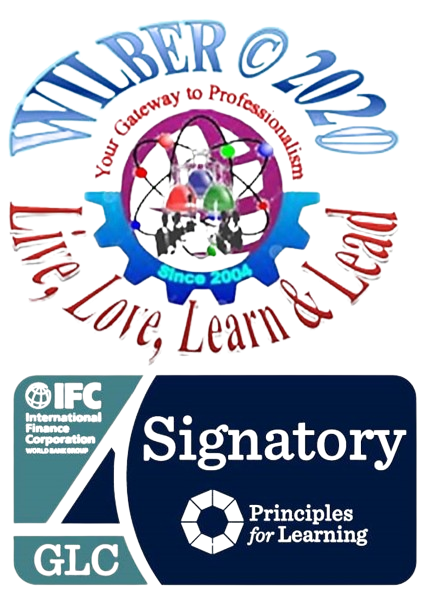CLASSES OF FIRE AND ITS EXTINGUISHMENT
RESPONDING TO INCIDENTS OF FIRE
Responding to fire incidents, regardless of the form of the response must be coupled with the following:

1. Safety of Life and Personal Protection.
This is the most important thing to accomplish in an incident involving fire; to protect life and avoid injury. Human life and health are most precious and cannot be replaced, while the property, product, processes, and materials can be replaced and rebuilt.
When nothing else is accomplished in a fire incident other than the complete safety and protection of all persons involved, then the first and the most important goal in a response to fire has been accomplished.
2. Stabilization of the Incident.
When the first priority has been done, the NEXT step is to STABILIZE THE SITUATION. This means STOP the FIRE FROM GROWING and avoid GETTING WORSE.

By stabilizing and neutralizing the incident by not allowing it to change, grow in intensity or grow in size, the incident will no longer threaten the lives and properties even if the area or property involved becomes a total loss.
3. Conservation of Property.
Prioritize and identify which property must be saved first. The focus may turn to extinguishing the fire quickly with the least amount of damage to the property involved.
The role of portable extinguishers and pre-engineered systems in response to a fire incident has the same priorities listed above. Together with a fire plan, alarm notification, evacuation, quick and safe response, portable extinguishers, and pre-engineered systems may be key factors in the outcome of any fire incident containment.
learn more about it in our next video, and I am inviting you to WATCH IT.
Click the RED arrow to go to the previous lesson:
Click the GREEN arrow to continue! THE PHASES AND STAGES OF FIRE


